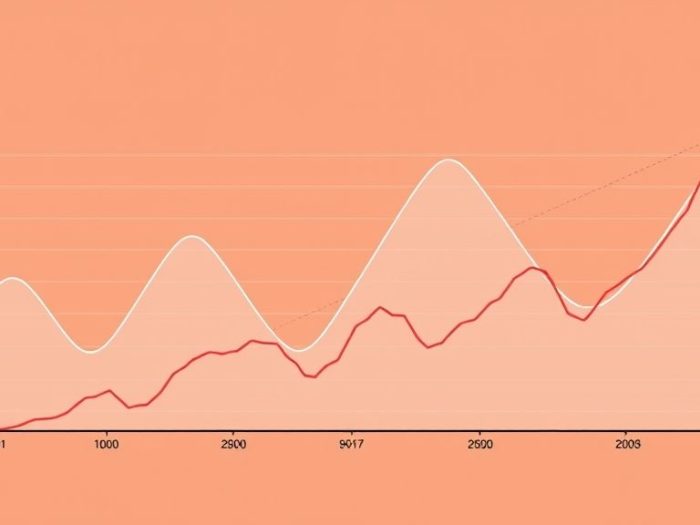Covered calls are a popular strategy for generating income, but diagonal spreads offer a
potentially more flexible and dynamic approach. This article explores diagonal spreads and
compares them to covered calls to help you determine if they can provide better returns for
your trading style.
Understanding Diagonal Spreads
A diagonal spread is an options strategy that involves:
- Buying a longer-term option (either a call or put).
- Selling a shorter-term option of the same type (call or put) but with a different strike price.
The key difference from a vertical spread is the use of different expiration dates.
Why Use Diagonal Spreads?
- Reduced Capital Outlay: Requires less capital than owning the stock outright (like a covered call).
- Flexibility: Allows for more customization of risk and reward.
- Time Decay: Profits from time decay of the shorter-term option.
- Upside Potential: Can still profit if the stock price moves in your favor.
Diagonal Spread vs. Covered Call
| Feature | Covered Call | Diagonal Spread |
|---|---|---|
| Long Position | Own Stock | Long-Term Option |
| Capital Required | Higher (Stock Purchase) | Lower (Option Purchase) |
| Upside Potential | Limited by short call | Potentially higher |
| Downside Risk | Unlimited (Stock Decline) | Limited (Net Debit) |
| Income Generation | Premium from short call | Premium from short option |
Types of Diagonal Spreads
1. Call Diagonal Spread
Buy a longer-term call option and sell a shorter-term call option with a higher strike
price.
- Outlook: Expect the stock price to rise moderately or stay stable.
- Profit: If the stock price rises moderately, you profit from the increased value of the long call and the time decay of the short call.
2. Put Diagonal Spread
Buy a longer-term put option and sell a shorter-term put option with a lower strike
price.
- Outlook: Expect the stock price to decline moderately or stay stable.
- Profit: If the stock price declines moderately, you profit from the increased value of the long put and the time decay of the short put.
Example: Call Diagonal Spread
Stock XYZ is trading at $50.
- Buy a call option with a $50 strike price expiring in 60 days.
- Sell a call option with a $55 strike price expiring in 30 days.
Risks
- Stock Price Stagnation: If the stock price stays stagnant, both options may lose value due to time decay.
- Sharp Price Move: A sharp price move against your position can result in losses.
- Time Decay: The long option also loses value over time, though slower than the short option.
Important Considerations
- Stock Selection: Choose stocks with predictable price behavior.
- Strike Price Selection: Carefully select strike prices to balance income and potential gains.
- Expiration Dates: Manage the time decay of both options.
- Risk Management: Understand your maximum profit and loss potential.
Conclusion
Diagonal spreads offer a versatile approach to options trading, potentially providing better
returns than covered calls with reduced capital outlay. However, they require careful
planning and a good understanding of options principles.
Related Keywords
Diagonal spread, options trading, options strategy, call diagonal spread, put diagonal
spread, options income, options trading for income, options trading strategies, options
trading guide, options trading tutorial.
Frequently Asked Questions (FAQ)
1. What is a diagonal spread?
A diagonal spread is an options strategy that involves buying a longer-term option
and selling a shorter-term option of the same type but with a different strike price.
2. How is a diagonal spread different from a vertical spread?
The key difference is that a diagonal spread uses options with different expiration
dates, while a vertical spread uses options with the same expiration date.
3. What is a call diagonal spread?
A call diagonal spread involves buying a longer-term call option and selling a
shorter-term call option with a higher strike price.
4. When is a call diagonal spread most suitable?
It’s most suitable when you expect the stock price to rise moderately or stay stable.
5. What is a put diagonal spread?
A put diagonal spread involves buying a longer-term put option and selling a
shorter-term put option with a lower strike price.
6. When is a put diagonal spread most suitable?
It’s most suitable when you expect the stock price to decline moderately or stay
stable.
7. What are the benefits of using diagonal spreads?
Benefits include reduced capital outlay, flexibility, profiting from time decay,
and potential for upside profit.
8. What are the risks of using diagonal spreads?
Risks include losses if the stock price stagnates or moves sharply against your
position, and time decay affecting the long option.
9. How do I choose the strike prices for a diagonal spread?
Choose strike prices that balance income potential and your outlook on the
stock’s price movement.
10. Are diagonal spreads better than covered calls?
Diagonal spreads offer a different risk-reward profile than covered calls, with
potentially higher upside but also more complexity. The “better” choice depends on
your trading style and risk tolerance.



